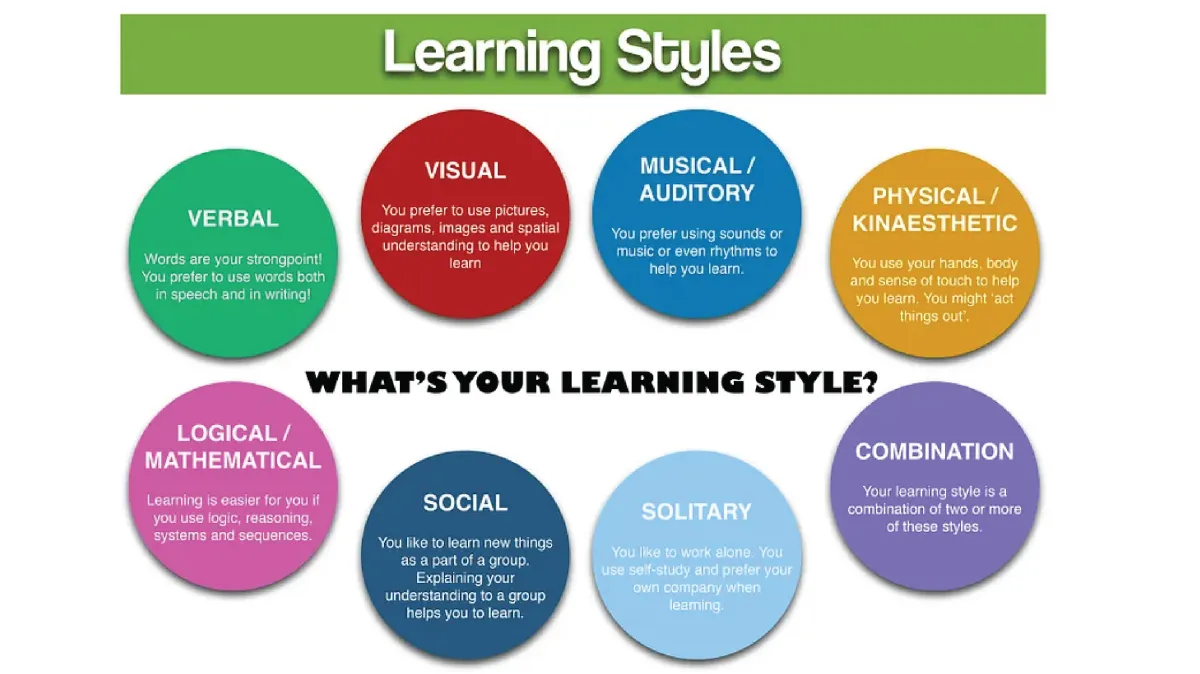
Nurturing Learning at Home: Differentiated Instruction Strategies for Homeschooling Parents
“Not only are bloggers suckers for the remarkable, so are the people who read blogs .” - Seth Godin
Introduction:
As parents embracing the role of educators during homeschooling, it's crucial to create an environment where every child can thrive. Discover effective differentiated instruction strategies to support your child's learning journey at home.

Understanding Your Child's Learning Style: Identify whether your child is a visual, auditory, or kinesthetic learner. For visual learners, use charts, diagrams, and visual aids. For auditory learners, incorporate discussions, lectures, and audio recordings. For kinesthetic learners, engage in hands-on activities and experiments. Understanding their learning style helps you tailor your teaching methods to their preferences, enhancing comprehension and retention.
Individualized Learning Goals: Set specific learning goals based on your child's strengths, interests, and areas for growth. Break down larger objectives into smaller, achievable targets. This personalized approach fosters motivation, provides a clear sense of progress, and allows you to adapt instruction to their unique needs.
Flexible Curriculum and Resources: Adapt your curriculum by modifying assignments, readings, or assessments to match your child's abilities. Utilize online resources, educational apps, and interactive tools that cater to diverse learning needs. Adjusting the content and resources ensures that they are at an appropriate level of difficulty and engage your child effectively.
Varied Instructional Strategies: Incorporate a range of instructional strategies to cater to different learning preferences. Use visual aids for visual learners, hands-on experiments for kinesthetic learners, and discussions for auditory learners. Rotate teaching methods to maintain engagement and provide a comprehensive learning experience.
Small-Group or One-on-One Instruction: Take advantage of the homeschooling setting by providing individualized attention through one-on-one instruction or small group activities. Focus on specific areas where your child needs extra support or enrichment. This personalized approach enables you to address their unique needs more effectively and tailor instruction accordingly.
Encourage Independent Learning: Promote independence and self-directed learning by assigning projects aligned with your child's interests. Encourage them to explore topics they are passionate about, conduct research, and present their findings creatively. This approach fosters a sense of ownership and empowers them to take charge of their education.
Ongoing Assessment and Feedback: Regularly assess your child's progress through informal assessments, observations, and discussions. Provide constructive feedback to guide their learning journey. Celebrate their achievements and offer suggestions for improvement. Ongoing assessment and feedback ensure that instruction remains aligned with their needs and promotes continuous growth.
Embrace Technology: Integrate technology tools and resources into your homeschooling routine. Explore educational websites, online courses, virtual simulations, and interactive learning platforms that support differentiated instruction. Technology provides access to diverse content, adaptive learning experiences, and opportunities for personalized instruction tailored to your child's needs.
Conclusion:
Differentiated instruction in homeschooling empowers parents to tailor the learning experience to meet their child's unique needs. Foster a love for learning and create a meaningful homeschooling experience by employing various strategies. Embrace the opportunity to personalize their education and witness their growth firsthand.
